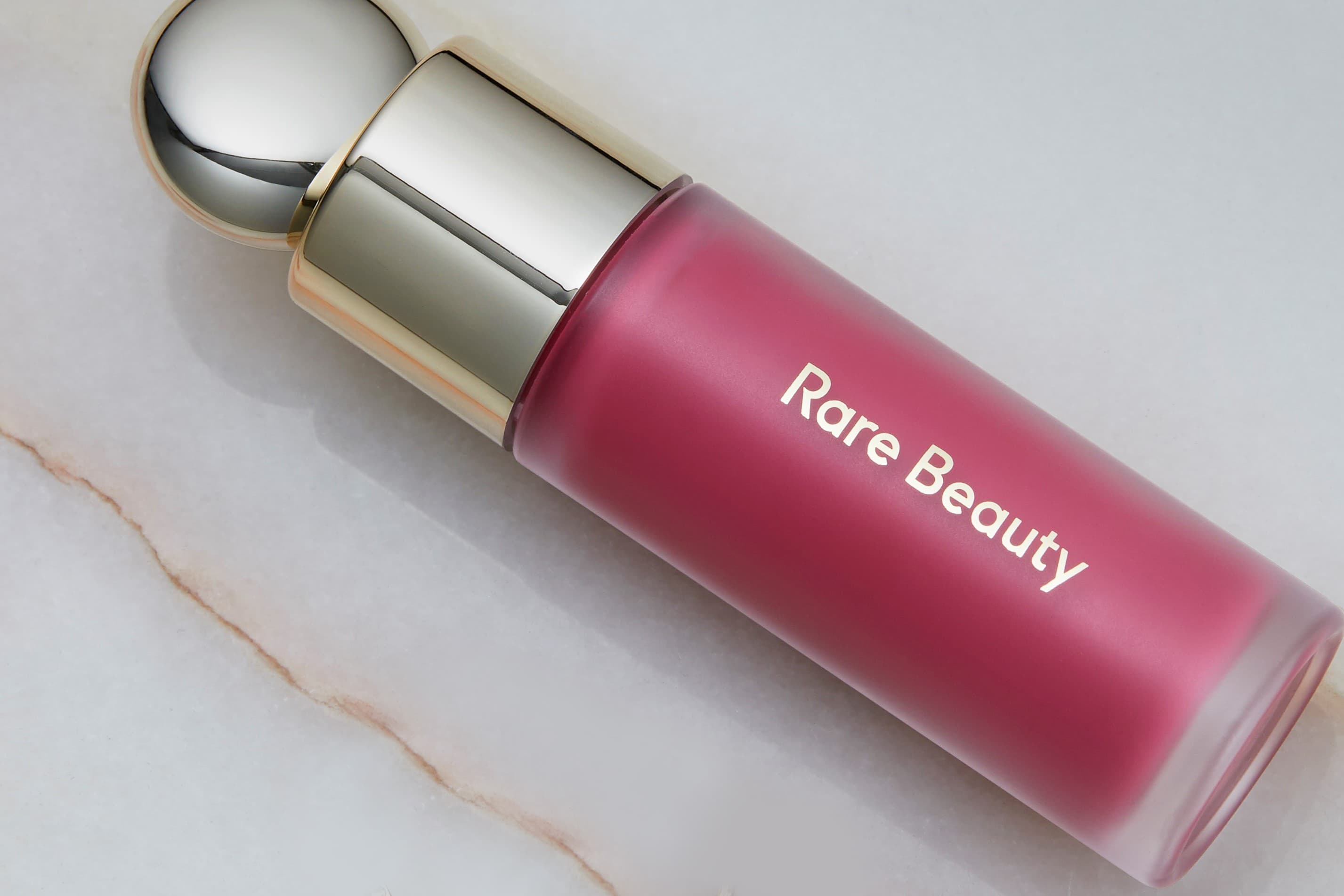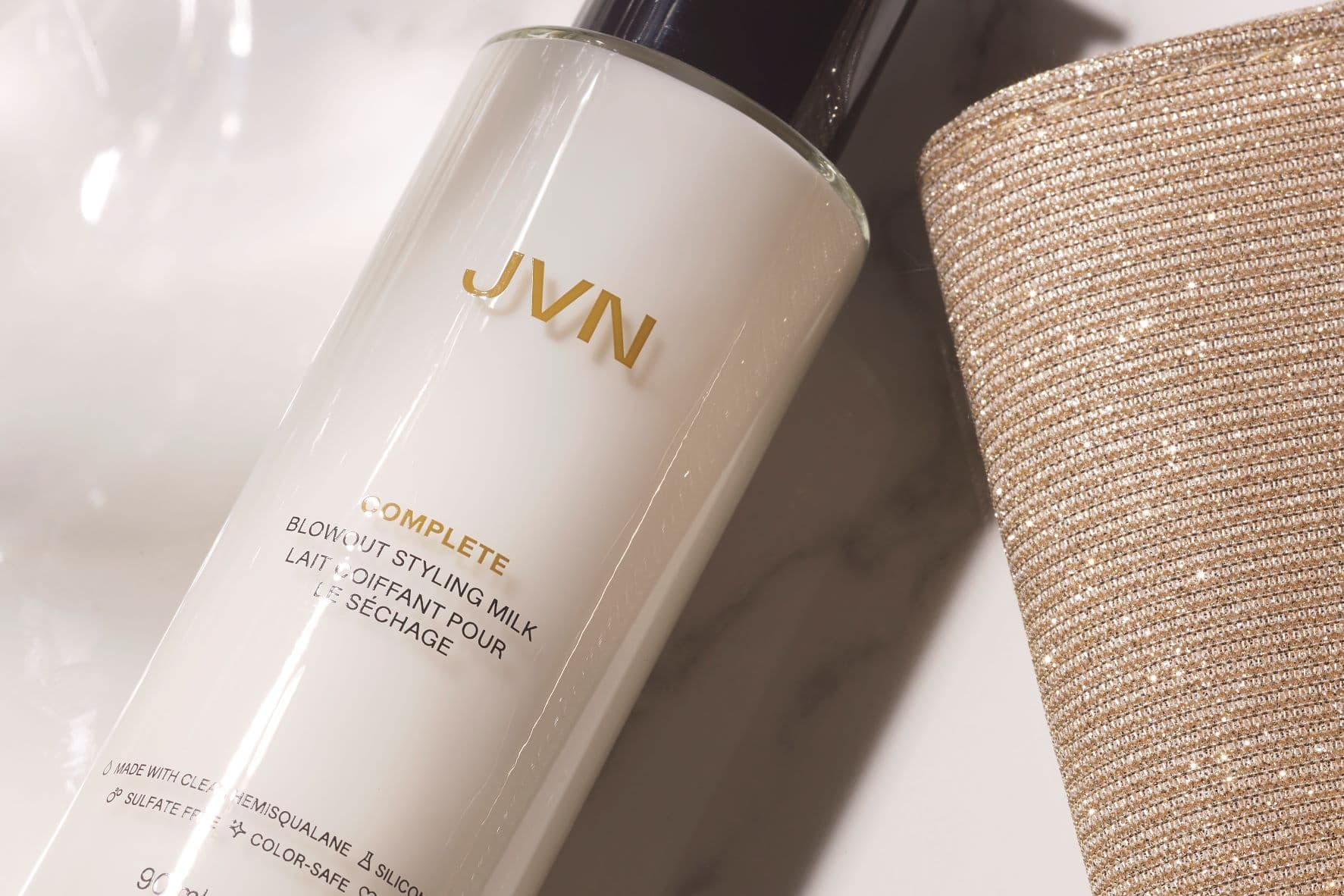
If you’ve ever found yourself staring hopelessly into the bathroom mirror wondering what order to apply your skincare in, then you’re not alone. The world of skincare can be a confusing one, with so many different products and a variety of textures it’s not always clear what you should apply and in what order. Follow our step-by-step guide on how to apply skincare and the order in which to apply it and you’ll be reaping the glowing skin benefits in no time.
Step 1: First Cleanse
The first step in any skincare routine is to remove makeup. If you go to bed without removing your makeup your skin can become congested with dirt, sweat and oil, which can lead to breakouts. Plus, any skincare you apply afterwards won’t be able to be able to penetrate skin effectively.
How To Apply: Soak a cotton pad with makeup remover and press lightly onto the eyelids and eyelashes first, to remove eye makeup. Take a third soaked cotton pad to remove face makeup and repeat until all traces of makeup have gone. There’s no need to rinse after this step.
Step 2: Second Cleanse
Once you have removed all traces of makeup, it’s time to thoroughly cleanse your skin. This step is often referred to as ‘double cleansing’ and this second cleanse will help to increase the efficacy of the rest of your skincare. If you’re unsure of the best cleanser for your skin type, find out more here.
How to Apply: If you use a balm or oil cleanser, best for dry complexions, Omorovicza Global Senior Therapist Adrienne Harsanyi recommends massaging an almond-sized amount into dry skin and working in a circular motion to cleanse and stimulate circulation before removing with a hand-hot face cloth.
If you use a foaming or gel cleanser, good for oily skin, squeeze a small amount into your palm and gently massage over wet skin. Add water to lather, rinse well with warm water and pat dry.
Step 3: Tone and Exfoliate
Now that your skin is properly cleansed it means it’s clear of any dead skin cells which can sit on the surface of skin and prevent skincare from penetrating properly or any remnants of makeup which could block or clog pores. Now you’re ready to apply skincare. The most important thing to remember at this stage is to always apply the thinnest texture first. A mist or liquid is therefore the best place to start.
How to Apply: If you’re using a mist, Adrienne suggests spritzing onto skin immediately after cleansing or if you’re using a liquid, dispense a few drops onto a cotton pad and swipe over your face, avoiding the eye area, in circular motions from the nose outwards.
Step 4: Serum
Serums are packed with a high-concentration of hardworking actives, which are most effective when applied to slightly damp skin. This is because when your skin is damp it is significantly more permeable than when dry. Serums are also made up of small molecules, which are able to penetrate the skin’s surface and reach deeper layers than moisturisers, hence why you should always apply serum before moisturiser.
How to Apply: “Dispense one or two drops onto fingertips and gently tap into skin”, recommends Adrienne. Wait until the product has absorbed into skin before moving on to the next step.
Step 5: Eye Cream
When to apply eye cream can be somewhat of a conundrum, leaving many pondering if it comes before or after moisturiser. We recommend applying eye cream before moisturiser to allow for better absorption and to avoid mixing.
How to Apply: Tap a rice-size amount of eye cream along the occipital bone, above and below each eye. There is no need to take the product any closer as, due to heat and movement, the product will migrate. This will also prevent overloading the very thin eyelids, which are semipermeable, with product, which can cause puffiness and irritation.
Step 6: Facial Oil
As oils tend to be thicker, it’s best to layer them over lighter serums to ensure they don’t prevent the absorption of the highly concentrated active ingredients. Oils are a good option for sensitive skins or if you’re looking to strengthen your skin barrier as they help to create an impenetrable barrier and lock in all the moisture you have applied previously.
How to apply: Massage three or four drops into the skin before your moisturiser. Experiment using a facial roller or gua sha to help improve absorption and stimulate and revitalise the complexion. Use the smooth edge of the gua sha in a gliding motion across the skin, working outwards from the centre of the face towards the hairline.
Step 7: Moisturiser
Applying moisturiser is an essential step for hydrating skin and great prep for flawless makeup application as it prevents dry patches, which can cause an uneven foundation finish.
How to Apply: Warm the product between your hands and start by applying to cheeks first (usually the driest part of the face) in gentle circular motions. Use the remaining moisturiser on your forehead and take it down to the bridge of your nose and finally chin, as these areas tend to be naturally oilier and so will require less hydration.
Step 8: SPF
Exposure to UV rays is one the most common causes of skin ageing and is an environmental factor we’re up against all the time. Even when the sun isn’t shining, UV rays are able to penetrate the skin and cause damage to skin cells, so SPF is a vital skincare step that should be the final part your daily routine and last product you apply to your skin. The reason SPF needs to be applied last is because any skincare product you apply over the top will dilute the formula and reduce its efficacy.
How to apply: SPF’s are most effective when applied 15-30 minutes prior to UV exposure and it’s advisable to apply at least half a teaspoon (3ml) to your face.




